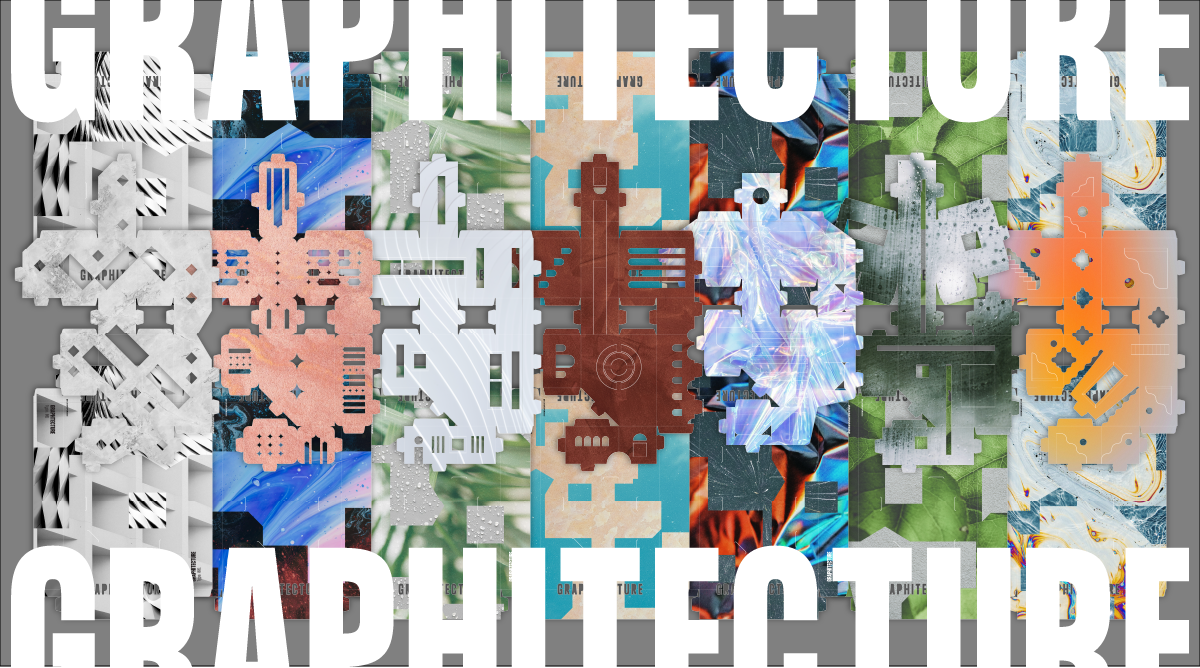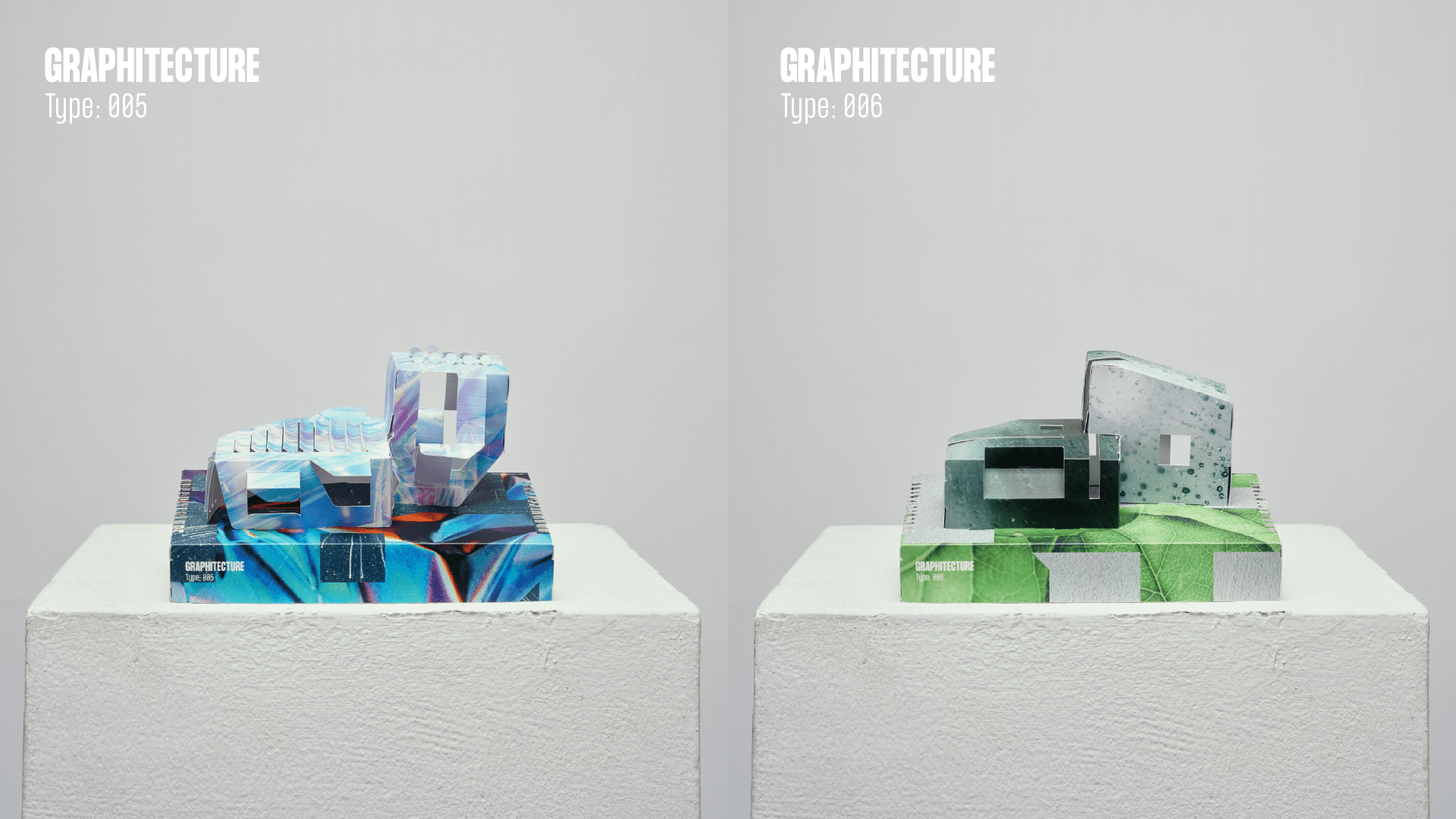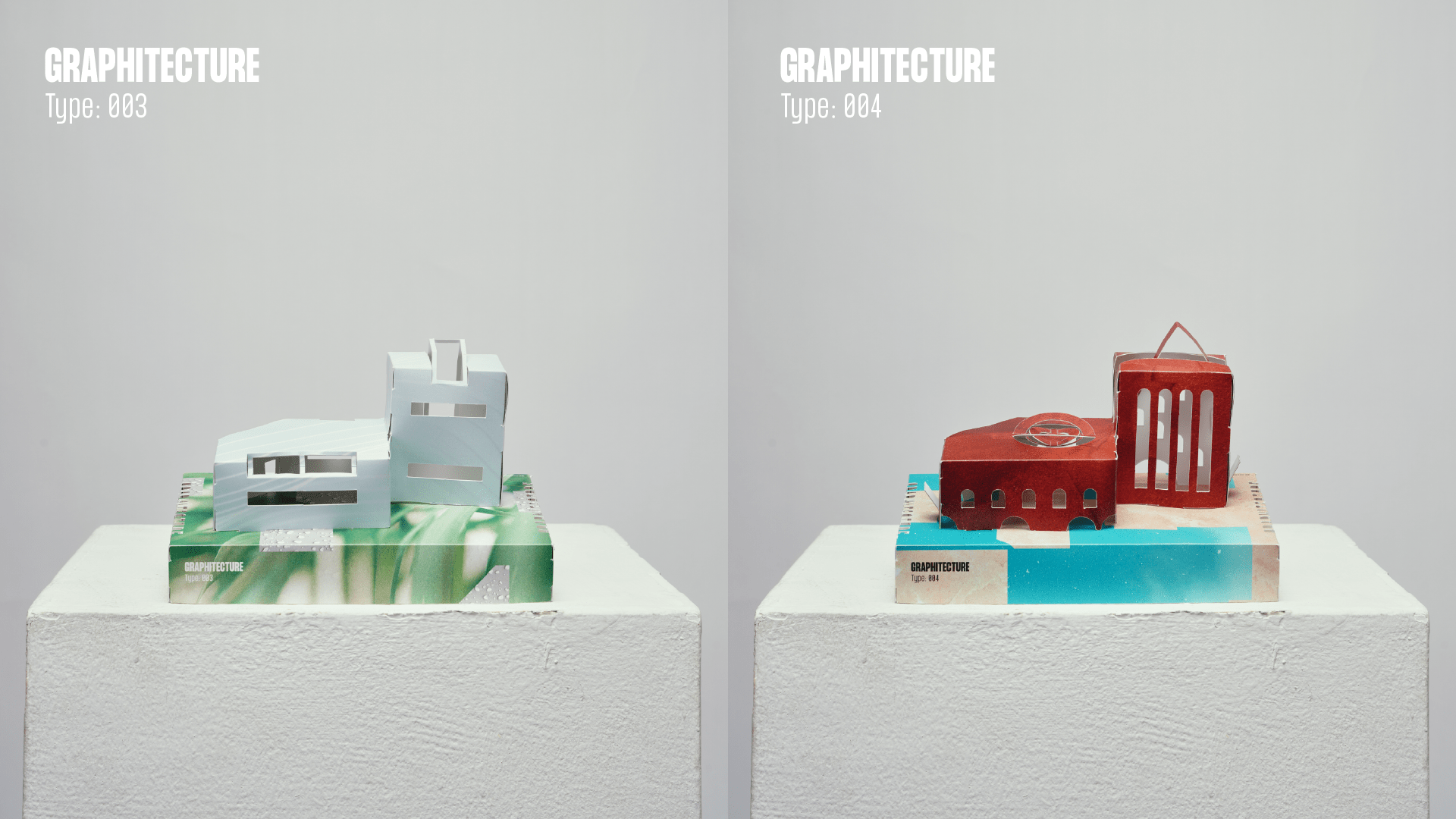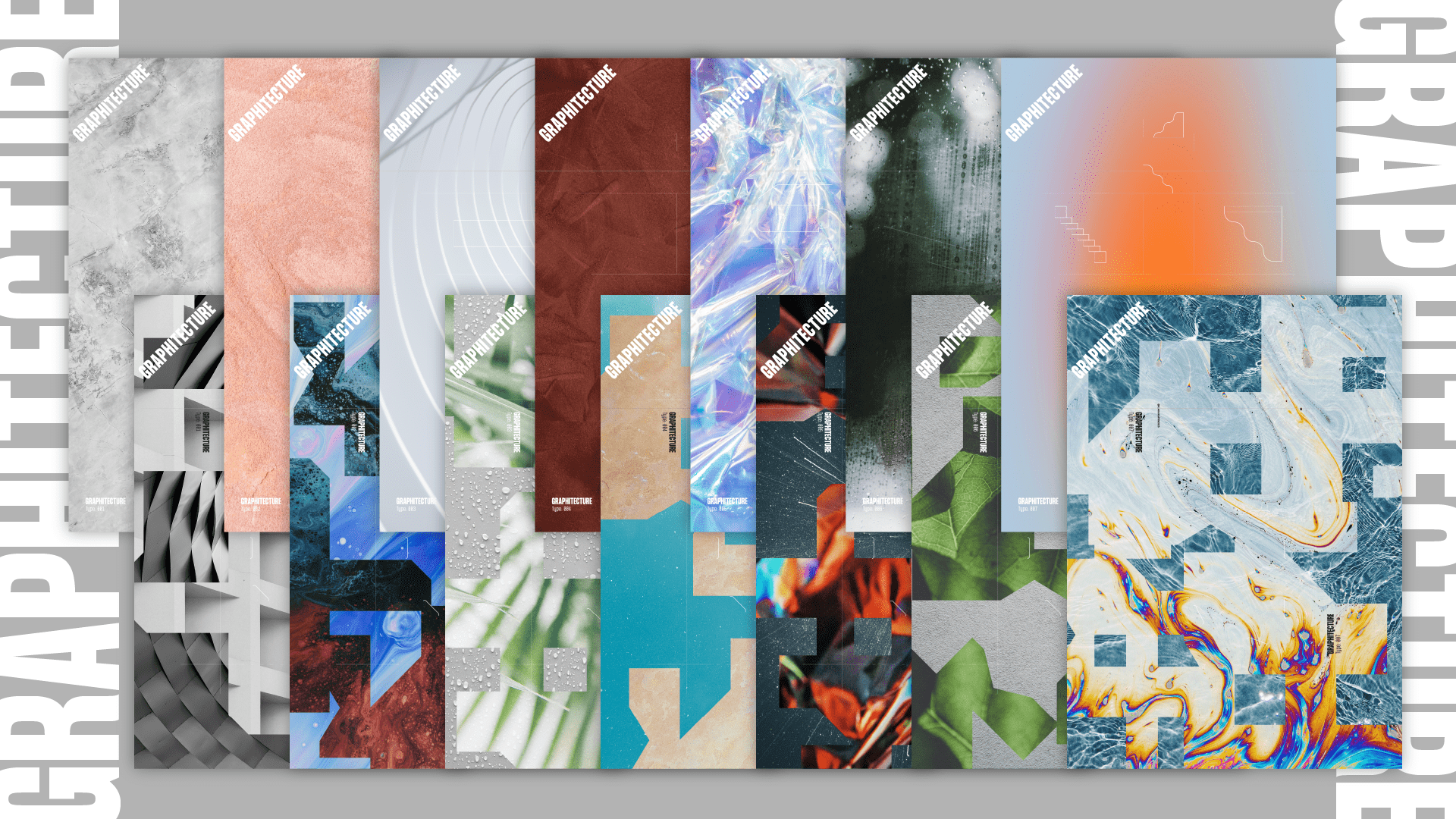
College of Design, Rangsit University
Asst. Prof. Akarapon Kritruenonwong





Abstract :
Graphitecture (Graphic + Architecture) is an integrated design concept that combines the perspectives of graphic design and architectural design, emphasizing the relationship between two-dimensional and three-dimensional spaces in both structural and conceptual dimensions. Graphic elements such as lines, colors, shapes, typography, and patterns are applied as architectural components to create unique spatial identities and user experiences.
The concept is based on the premise that graphic design is not merely decorative but functions as a powerful communication tool. It can evoke emotions, tell stories, and reflect spatial context in a deep and meaningful way. When graphic design elements are transformed into three-dimensional objects or spatial components, they directly influence perception of scale, form, movement, and spatial usability.
Overall, Graphitecture offers a new way of thinking that challenges traditional disciplinary boundaries. It reveals the potential of interdisciplinary integration to create spaces that are not only “seen” but also deeply “felt” by those who inhabit or engage with them.
Objectives :
1. To research and develop methods for transmitting the relationship between two-dimensional and three-dimensional design by integrating knowledge from both graphic design and architecture.
2. To explore and experiment with the transformation of graphic elements into architectural forms and evaluate their impact on spatial perception and visual identity.
3. To present the design outcomes that are grounded in the theoretical and practical understanding of dimensional relationships in design.
4. To propose innovative approaches for creating spaces that engage both visual and emotional experiences through a systematic integration of two design disciplines.
Conceptual Framework :
The concept of “Graphitecture” serves as a creative framework based on the integration of knowledge from two distinct disciplines: graphic design and architecture. The central hypothesis is that the relationship between two-dimensional and three-dimensional design can be developed into a strategic design approach that generates new outcomes in both form and experience.
This project focuses on applying graphic design to a consistent geometric form, using elements such as lines, colors, shapes, and grid structures. These elements are examined within the context of architectural expression, where graphics are interpreted not merely as surface visuals but as objects or spatial entities that can be transformed into three-dimensional forms.
The design process emphasizes experimentation and transformation, positioning graphics as more than tools for surface communication. Instead, they function as mechanisms that influence scale, proportion, mood, and spatial meaning. The resulting work—positioned between art and design—demonstrates new possibilities for creatively linking these two disciplines.
Process / Methodology :
- Design and define three-dimensional forms as prototypes for experimentation in the form of paper sculptures.
- Create graphic drafts focusing on conveying meanings, characteristics, or forms of paper sculptures through various design approaches.
- Develop the graphic drafts into completed designs that can be transformed to align with the structure of paper sculptures.
- Refine presentation methods by translating graphic concepts into spatial paper sculpture formats.
- Produce prototype models and refine them based on experimental outcomes for final production.
- Create the final piece as a paper sculpture to be presented as the culminating work of the project.
Techniques and Materials :
Paper Sculpture
Result / Conclusion :
The result of the project “Graphitecture” reveals how graphic design can be transformed into a tangible spatial experience through the medium of paper sculpture. The final work illustrates the successful integration of graphic elements—such as line, shape, color, and grid structure—into three-dimensional forms, resulting in physical objects that embody both visual identity and spatial depth.
The experimentation process highlights how two-dimensional graphics can influence and define three-dimensional structures, not only in their form but also in their emotional and narrative qualities. The project shows that graphic language, when applied beyond the flat surface, can engage users through interaction, perception, and interpretation, thus blurring the boundaries between object, space, and message.
This paper sculpture does not merely represent an abstract concept, but also functions as a communication tool that carries meaning, reflects design intention, and invites viewers to explore its form and structure in a spatial context. The final outcome successfully demonstrates the potential of interdisciplinary design thinking and opens up new perspectives on how design can transcend its traditional boundaries, merging visual communication with spatial form in a poetic and purposeful way.
References :
–